Hellebore - Plant Care, Varieties, Needs, Diseases and Price
Hellebore is a rather rare visitor in garden flowerbeds. Sometimes it's grown as a decoration of balconies and patios. Its popularity has been on the rise, though. There are many hellebore varieties you can choose from. Discover what hellebores look like and learn how to care for them.
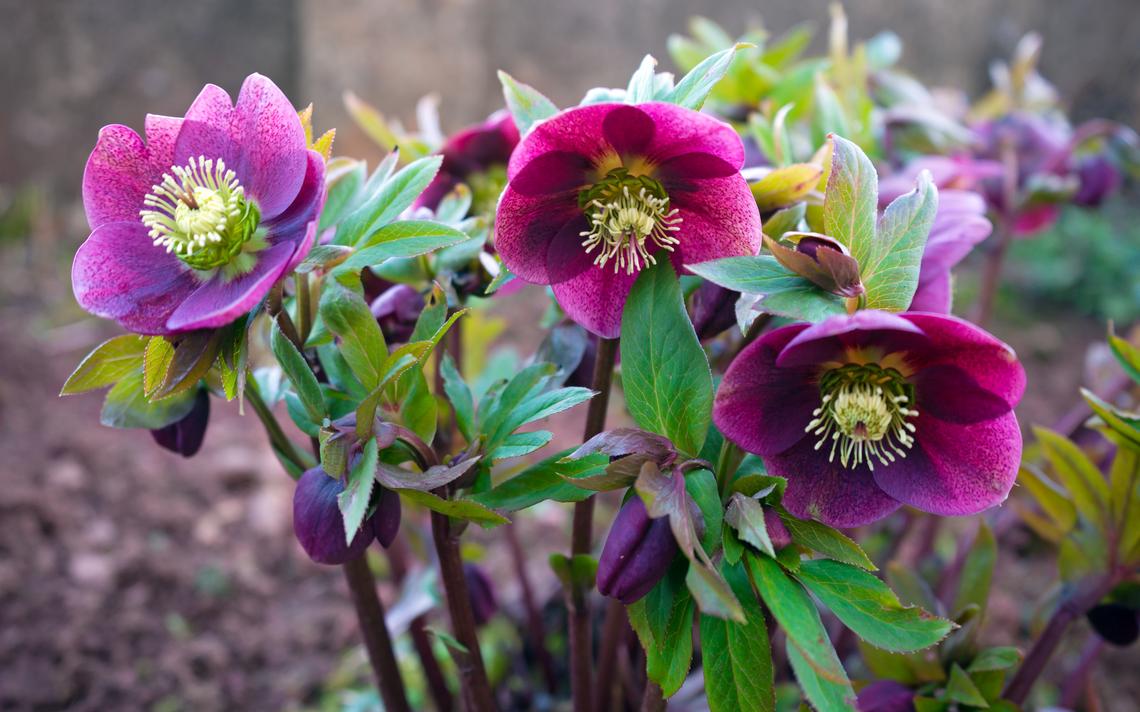
Hellebore – what kind of plant is it and what does it look like?
Hellebore, or Helleborus is sometimes referred to as Christmas rose. Everything because of the time when it develops flowers. One can spot them in winter (usually December), when the vast majority of plants remain dormant.
Hellebore can be encountered in its natural habitat in Central and Southern Europe. It typically grows on the edges of forests.
The flowers appear individually on this plant. They are half-full or full, with characteristic five petals. Some specimens also bloom in mid-May, and amaze with their flowers.
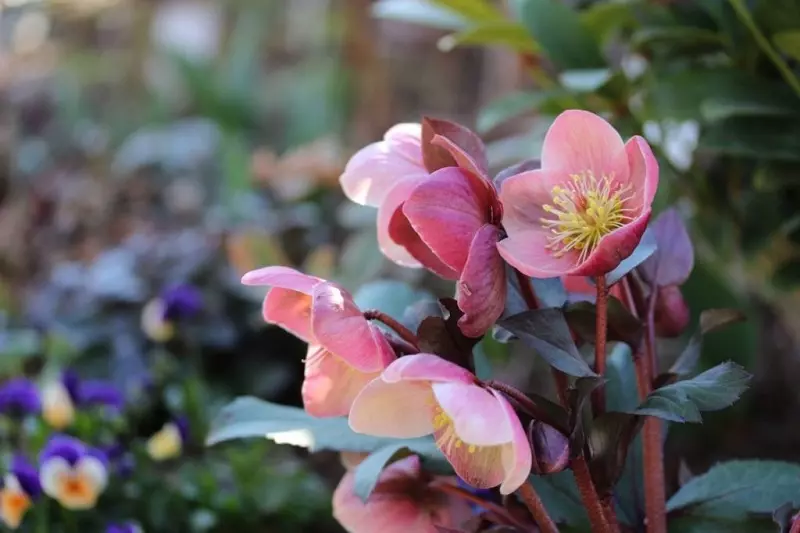
The most popular hellebore varieties
There are nearly twenty various types of hellebore. Depending on the variety, some flowers grow up to 70 centimeters (2.3 ft) tall. The leaves are typically long, thick, and leather-like. Their structure increases the plant’s attractiveness.
Here are the most popular hellebore varieties:
- white hellebore – considered an evergreen perennial, develops characteristic white flowers,
- garden hellebore – the most spectacular of the family, its flowers are relatively large and of different colors – white, pink, purple and dark violet,
- stinking hellebore – the easiest to grow, its rootstalks release a characteristic scent when dried, hence its name,
- Lenten rose – the variety grows up to 40 centimeters (1.31 ft) tall, has white flowers with some pink and green highlights.
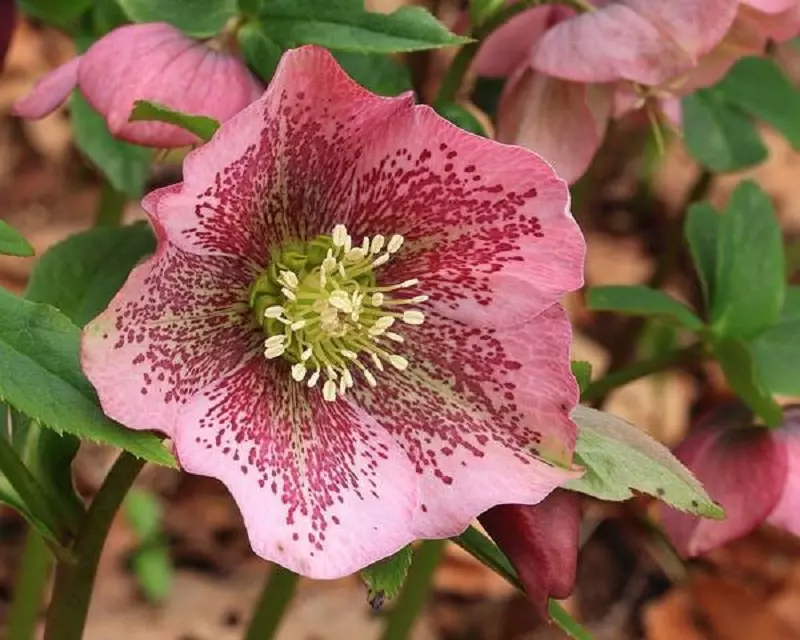
What is the best soil and location for a hellebore plant?
Hellebore is an easy plant to grow, so even beginner gardeners can decide on its cultivation. It’s also a long-living species. Once planted, it can grow for several years (usually up to 10).
Hellebores prefer half-shaded and full shade locations. When picking a spot for this plant, make sure it’s protected from the wind.
The plant is resistant to low temperatures, so it doesn’t require any extra protection during winter. The best soil for hellebore is rich in humus, relatively moist and full of calcium.
Hellebores in pots – what to keep in mind?
Hellebore grown in pots is becoming a popular option. It’s a perfect decoration for patios, balconies, and interiors. Note that only two varieties are suitable for growing in such form – white hellebore and Lenten rose.
Taking care of hellebores in pots is a bit more difficult from cultivating plants in the ground. You have to make sure the soil is humid enough, while removing excessive water at the same time. Also, don’t forget about feeding – which is quite important to the plant.
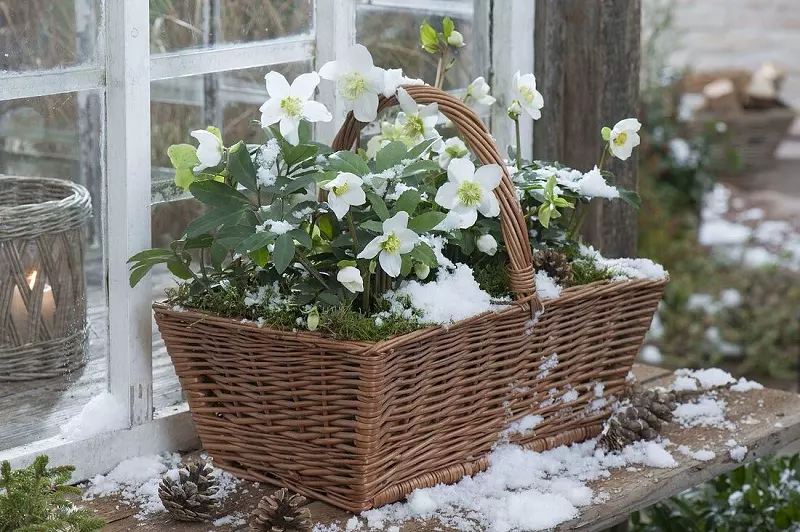
When to plant hellebores?
You can plant hellebores at any point throughout the year. But the best time is whenever the soil is not frozen anymore, which allows you to plant the flowers without issues. If you decided to plant hellebores, make sure the soil in which it grows is constantly moist. Avoid digging through the soil around the plant, as its root system is quite sensitive and is not resistant to mechanical damage.
When planting hellebores, don’t put them too deep in the ground. Thanks to this, the plant will bloom faster.
How to water and fertilize hellebores?
Apart from keeping the right moisture levels of the soil, you also have to make sure the plant is well-fed. Hellebore requires a multi-ingredient fertilizer. Plan fertilizing for early spring.
Droughts aren’t well tolerated by the plant, so make sure to water it regularly during warm and rainless months.

Hellebore – propagation
Hellebore propagation mostly involves using its seeds. It can also be multiplied by division. Take the most developed rootstocks and divide them in mid-May, right after the plant stops blooming. One plant-cluster results in 2-3 new plants. When dividing hellebores, make sure each plant has 2-3 buds and 3-5 leaves.
Plant’s seeds can be collected from May to June. Plant them in pots or directly in the garden soil. They begin sprouting after 9-10 months.
Hellebore plant – the most common diseases
Hellebores are relatively resistant to various diseases. The biggest problems gardeners might deal with usually result from picking a wrong location for the plant.
- A too sunny spot causes dry leaves.
- If the soil is not wet enough, the plant won’t develop properly, and blooming won’t be as impressive.
Black spot disease is the most common issue these plants suffer from. It’s a fungal disease which causes black blotches on leaves. Affected leaves have to be removed along with the ones that have fallen off. Use special antifungal sprays – the treatment is similar as in grey mold.
Is hellebore prone to pests?
Hellebore is vulnerable to aphids. But this type of pest is quite easy to deal with. Just use an appropriate insecticide bought in a gardening store. If the infestation is at the initial stage, you can also try certain home remedies. Solutions of household soap with water, garlic, and onion brews are perfect for this purpose. They are also much safer for the plant.
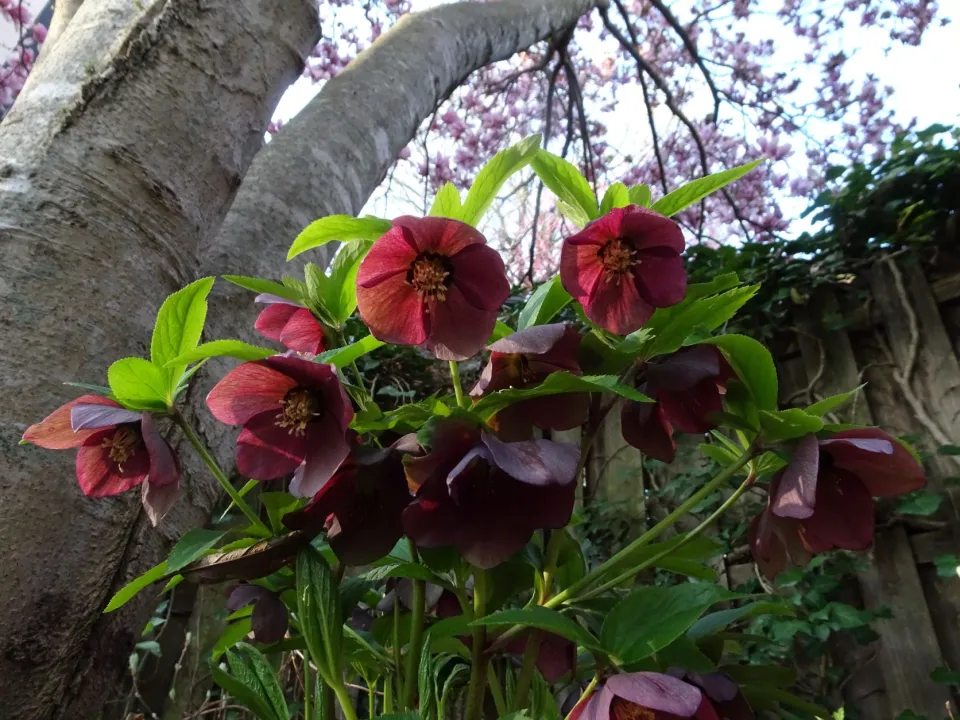
📍 What does hellebore look like?
Hellebore reaches up to 30 cm (0.98 ft) in height. The basic variety has characteristic white flowers of 6 cm (2.36 in) diameter. The flowers turn green as they finish blooming.
📍 Where to buy a hellebore?
Hellebore plant is valued for its characteristic appearance. You can purchase it in most garden stores and large shopping centers with a garden section.
📍 When to plant a hellebore in the garden?
Hellebores can be planted all-year round. Regardless, early spring and late summer are the best times for planting these flowers.
📍 When do hellebores bloom?
Hellebore plant blooms from February until the end of April. In some cases, the blooming season lasts until mid-May.
Featured articles




